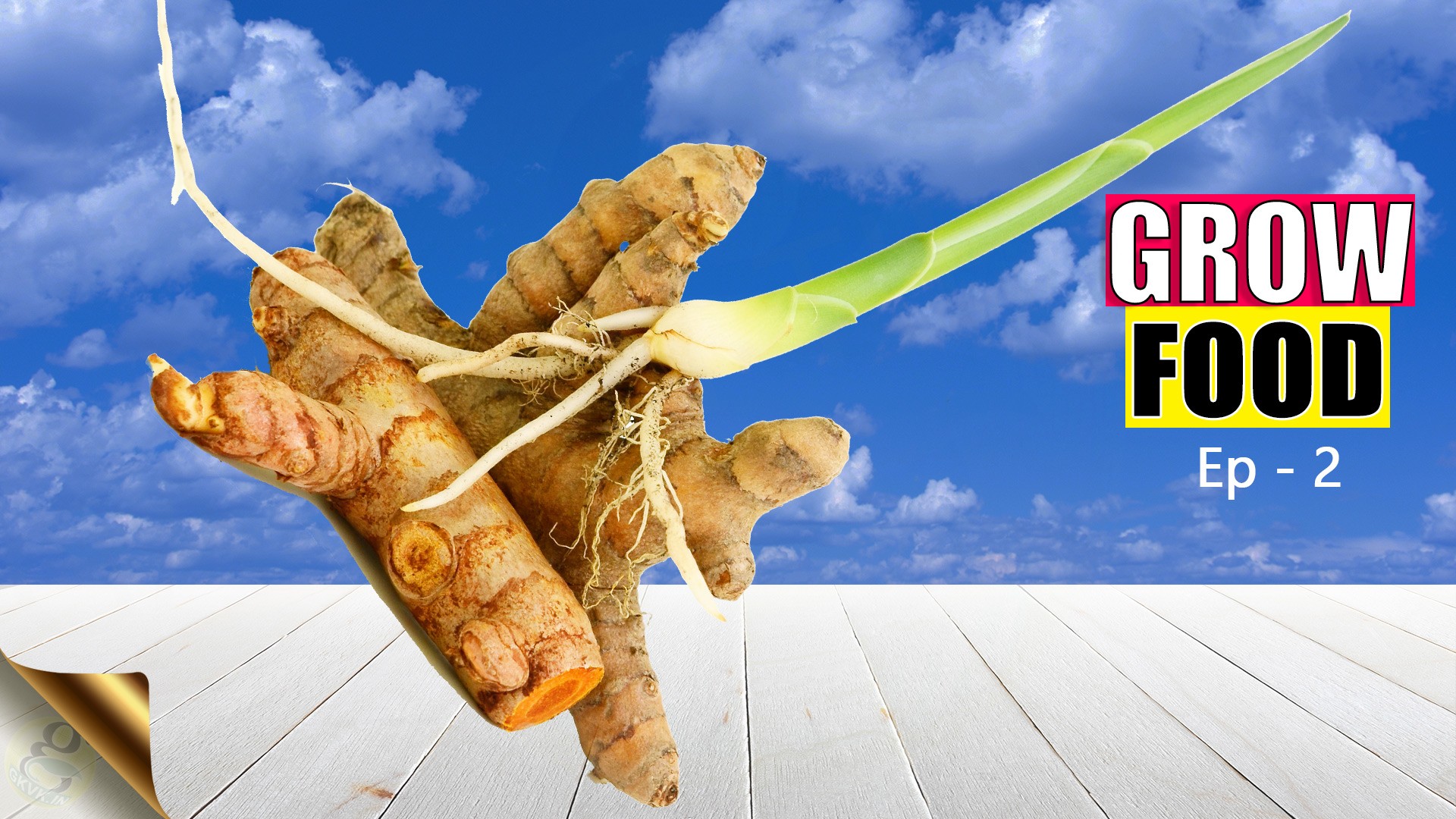Todays interesting topic is on Plumeria Tree also called Champa tree which produces beautiful flowers with a nice fragrance. We will also talk on differentiating this plant from its relative Adenium plant. Then about propagation of plumeria with planting one large cutting for rooting in a large pot.
Plumeria is a genus of flowering plants in the family, Apocynaceae. Most species of this plant are deciduous shrubs or small trees. These are mainly grown as ornamental plants in warm regions and produces nice flowers called champa flowers with a very pleasant fragrance like a scent.
It is called by various names like Champa tree in India , chempakam, Kath Golap, aaraliya or temple tree, Japanese frangipani and so on..
Plumeria species can be propagated easily by cutting leafless stem tips in spring. Cuttings are allowed to dry at the base before planting in well-drained soil. Cuttings are particularly susceptible to rot in moist soil.
There are more than 300 named varieties of Plumeria like plumeria rubra (red flowers), plumeria alba (white flowers) . This plant is very much similar to Adenium (desert rose) – which also has many varieties like alba and rubra and also both belong to the same genus of Apocynaceae.
The main differences are in appearances like:
Adeniums are large trunked with the bottom resembling a bulb, but as a whole they are small plants with smaller leaves. Adenium Root can also be enlarged like tubers.
Plumeria small trunked without any form of elongated tubers, and these plants that can grow big and tall, with long leaves and large shapes.
Plumeria species have a milky latex that, like many other Apocynaceae which contains poisonous compounds that irritate the eyes and skin.
So, coming back to plumeria propagation. We will start the rooting process of a cutting I brought from this beautiful white larger plumeria or champa tree with white flowers – that’s plumeria alba – alba means white.
You are seeing this mud wrapped around the base of the cutting, the person who gave me this cutting thought it would dry up and may not produce result if its left for drying, but in case of plumeria we have to dry this rooting area for about two days before planting in soil. So I am cleaning off this and allowing it to dry.
These Cuttings are allowed to dry, not in direct sunlight but just under room temperature. We do this because they are more prone to rot with fungus if kept too moist and directly insert in soil.
The success rate of these plumeria cuttings is great and that’s really encouraging for beginners in gardening. So, the basic procedure for this and also adenium is as follows:
- Take out all the leaves , but do not strip the node off. Why do we do this? The reason is that – The cuttings with all their leaves intact may be placing a greater water stress on the shoot which may not be able to grow roots easily. Some recommend cutting the leaves to half, because its believed that hormones are released in to the stem for rooting if we do this, but again this is perhaps an hypothesis.
- Here we are using the antifungal or rooting hormone like the one commercially available rooting hormones or your own organic rooting powder. This organic rooting hormone is nothing but the cinnamon bark powder which we use in our kitchen recipes as garam masalas.
- Just dip the base of the cutting which needs to be inserted into soil with this rooting hormone powder. Do not directly insert or make hole with the cutting because the rooting powder might just strip off the cutting and mix with soil. So, make a hole with another stick or any thing wider than your cutting stem and then carefully insert the cutting into the hole. The depth here is about 6 inches because the cutting here is longer. You can vary this depending on the size of your cutting.
- Then one more important thing is just pour small amount of water and leave it for alteast 2 -3 days and then recheck the moisture of the soil and sprinkle some water if you feel its fully dry. Because we do not want our cutting to rot due to overwatering.
- The roots should develop in about 40 to 50 days.
- Check the results at our instagram page.
 GKVKs – Gardening Tips and Store Gardening Tips and Store
GKVKs – Gardening Tips and Store Gardening Tips and Store




